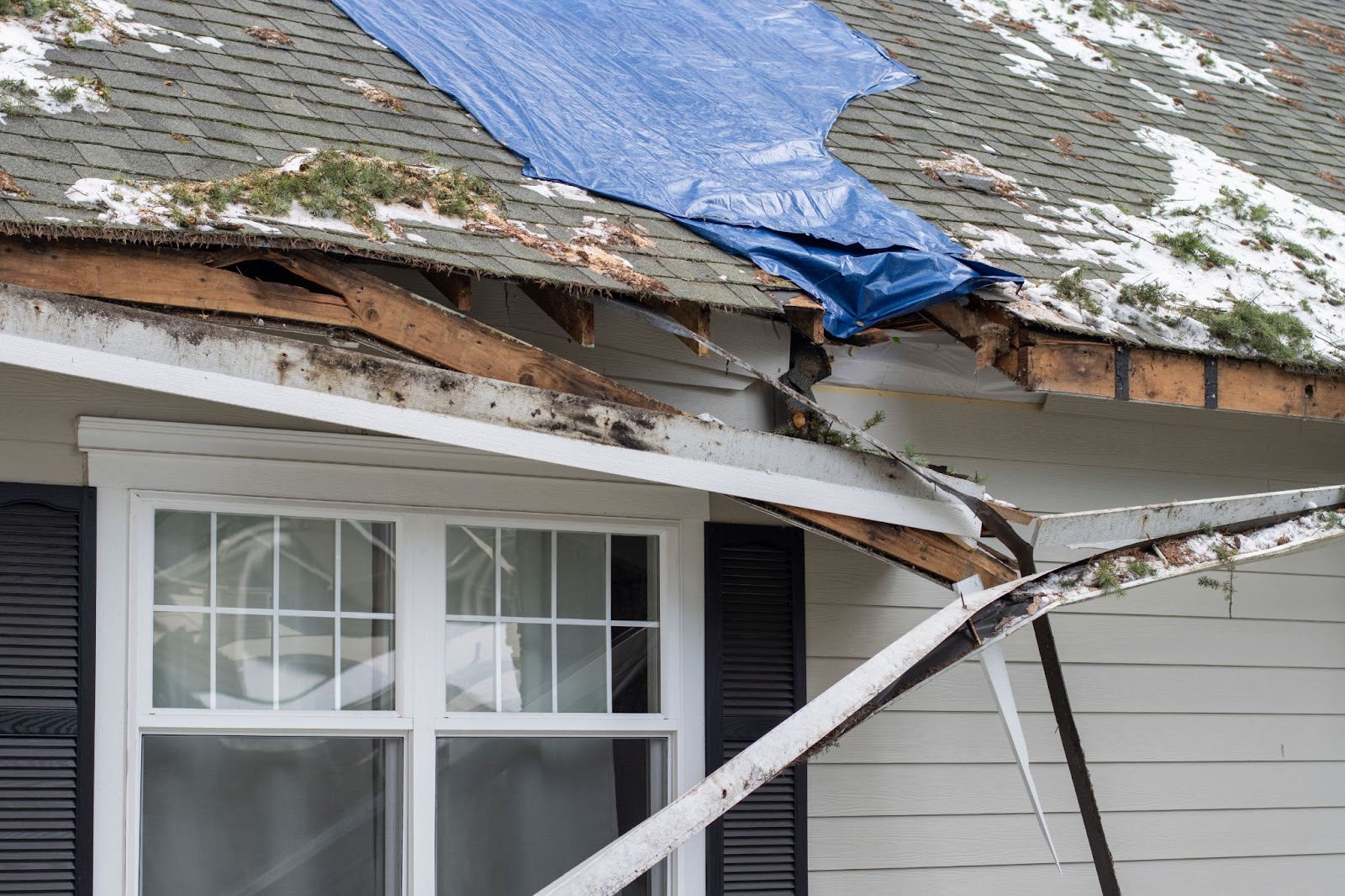
Storm Damage Restoration: 11 Steps to Take for a Quick Recovery
When the skies clear after a severe storm or natural disaster, the daunting landscape left behind requires immediate cleanup and total restoration. Broken windows, flooded

When the skies clear after a severe storm or natural disaster, the daunting landscape left behind requires immediate cleanup and total restoration. Broken windows, flooded

From creating an emergency kit to creating a communications plan and ensuring that you and your family stay indoors, these steps can help you stay safe from the dangers of a thunderstorm:

Smoke can indeed damage your walls. The longer the soot and smoke are present in your home, the more damage they can cause. Stains are the least of your problems.

Nobody anticipates a biohazard emergency, but grasping biohazard protection is essential for safety when such incidents occur. Biohazards range from infectious agents to toxic substances,

Fire safety is essential for homeowners and renters, and when a fire occurs, contacting disaster restoration experts is paramount. Fires are nightmares that leave behind

Life is all too often unpredictable, which is why hiring cleanup and restoration services is a game-changer amidst chaos and disaster. In an unpredictable world

Once you’ve discovered a spill that’s days old, you should call for professional help. Here are seven reasons why you shouldn’t dry out water damage on your own.

Professional restoration services are crucial for addressing water damage, which is both costly and challenging to repair, particularly when preventive measures are overlooked. Water damage

Amidst the hustle of homeownership, don’t overlook the critical role of biohazard cleanup and total restoration in safeguarding your living space. Biohazards come in various

Swift cleanup and total restoration are crucial in the aftermath of a disaster. They mitigate damage and restore properties to pre-disaster conditions. Total restoration services